Mattresses and all other items in the apartment need care, washing and cleaning to prevent the proliferation of bacteria and insects. It is very difficult to clean a mattress. It is large, weighs a lot, and cleaning it takes a lot of time and nerves. Mattress covers or, as they are also called, mattress pads help to simplify the care of mattresses. After all, unzipping, removing the cover and washing it in the washing machine, and then going over it with a hot iron to destroy all dangerous microbes is much easier and faster. How to sew a mattress pad with your own hands is discussed in this article.
Why do you need a case?
Each mattress is covered with a cover, and sometimes even more than one. During production, mattresses are put into permanent covers that cannot be removed. They are sewn from thick, strong fabric, usually beautiful and expensive (for example, jacquard). Unfortunately, such a mattress cover cannot be removed and washed, so to prevent it from wearing out quickly, you need to stock up on another cover - a removable one that can be washed regularly. You can buy it in a store or sew it yourself.

It is no secret that the bed absorbs everything from human skin: sweat, dirt, dead cells, and besides, for those who like to have breakfast in bed, as well as lunch and dinner, it happens that crumbs, drops and other food particles get into the bed, and not always a sheet or even a bedspread can keep the mattress clean. Therefore, regular cleaning, washing and ironing of the cover covering the mattress is extremely necessary, it can prevent the occurrence of various diseases and maintain aesthetic cleanliness and tidiness.
Please note! An important incentive for purchasing a removable mattress cover is wear. Mattresses are expensive and it is not possible to change them often, but a mattress pad will cost much less and can be changed more often, pleasing the eye with an abundance of colors.
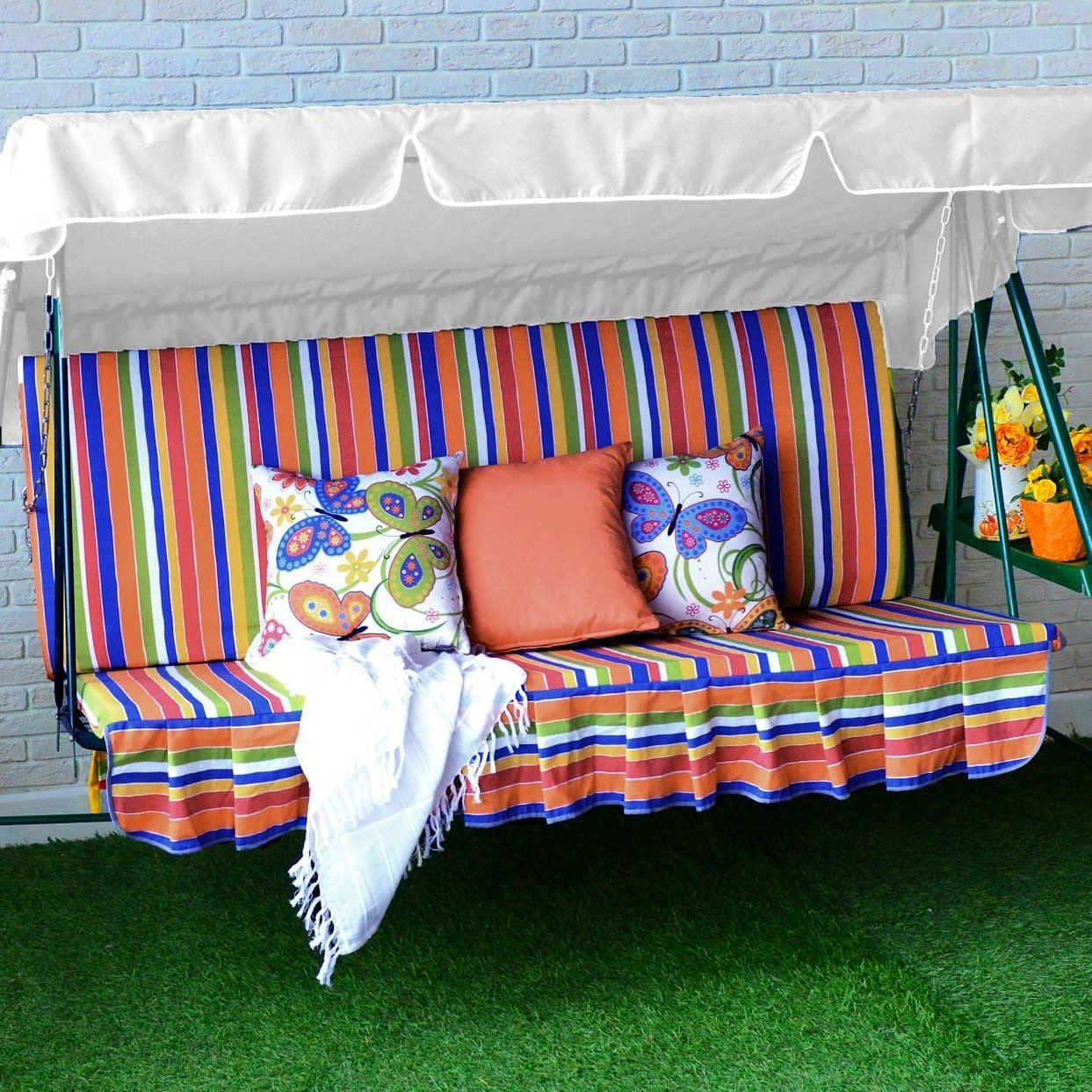
All mattresses need to be clean – a child’s mattress, a swing mattress, and a regular sleeping mattress. The mattress on which a child sleeps requires special cleaning.
Removable or non-removable cover
As mentioned above, the cover can be removable or not. Mattresses are put into non-removable covers during their production. And the best option would be a second mattress cover, removable and put on over the stationary one. There are native mattress covers with a clasp. Such mattress covers are convenient when buying a mattress, because by unzipping the zipper, you can make sure that the mattress is really made of the material that is stated.
But it is very inconvenient to remove such a cover for washing, because it is sewn from thick heavy fabric and will not fit into every washing machine. Sewing a non-removable cover is even more irrational, because its most important function is to keep the mattress clean, and, accordingly, it itself must be clean.
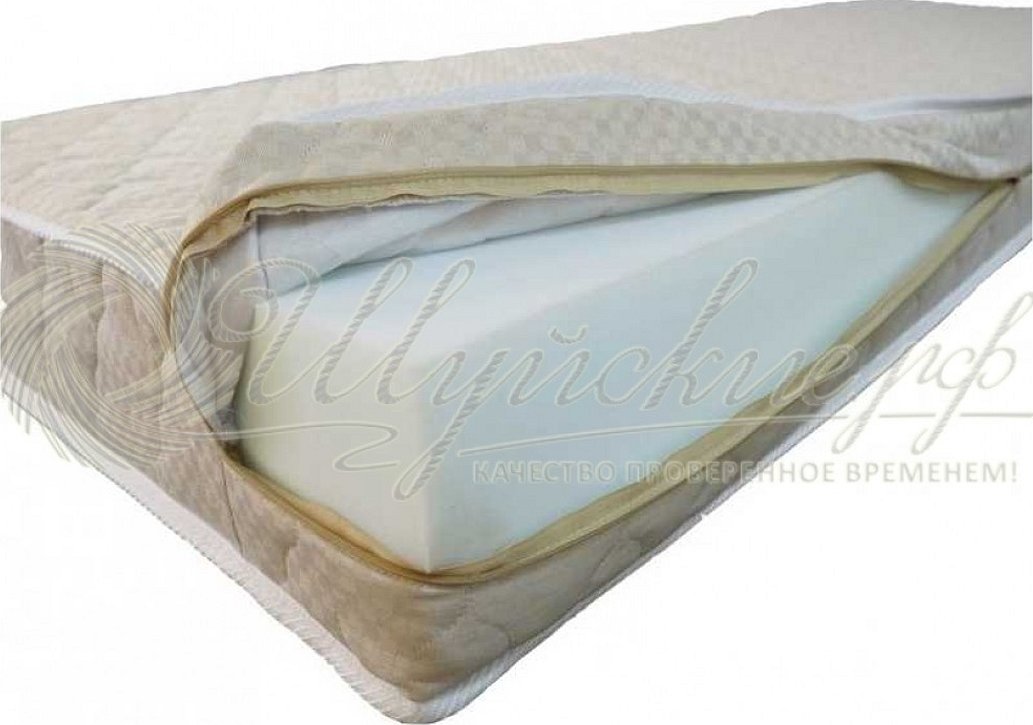
A removable mattress pad is usually equipped with a zipper. It can be located along the entire perimeter of the mattress, on one side only, at an angle, capturing one side in length and the adjacent side in width. The fastener can also be buttoned, Velcro, laces, elastic bands, etc.
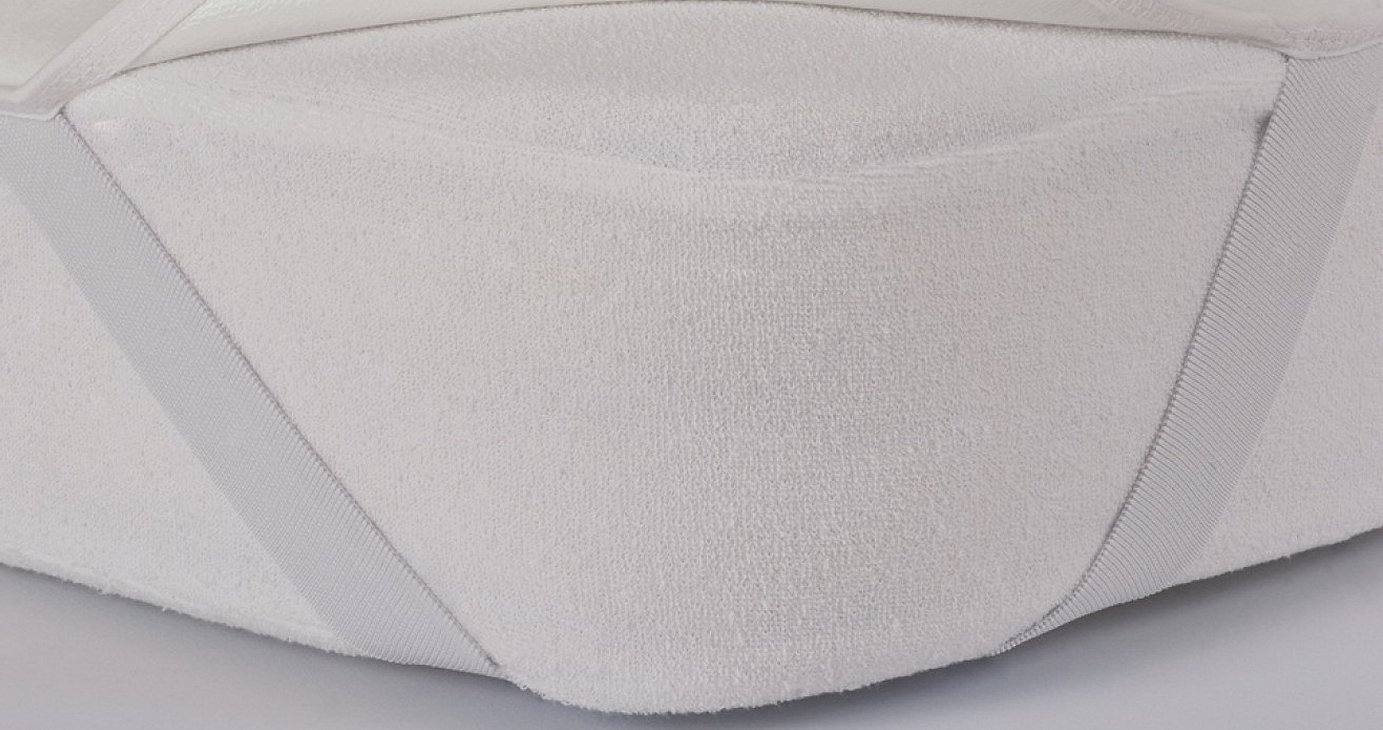
Important! It is not necessary to sew a removable mattress cover in the form of a case that covers the mattress from all sides. It is more convenient to make it so that it hides only the upper and side parts, and only slightly captures the lower part, tightening there with an elastic band.
Selecting tools
Before you start sewing a mattress cover, you need to prepare the tools that you may need:
- to create a pattern - paper, ruler, pencil.
- scissors;
- measuring tape;
- chalk or pins for transferring the pattern onto the fabric;
- threads and needles;
- sewing machine;
- fabric and elastic.
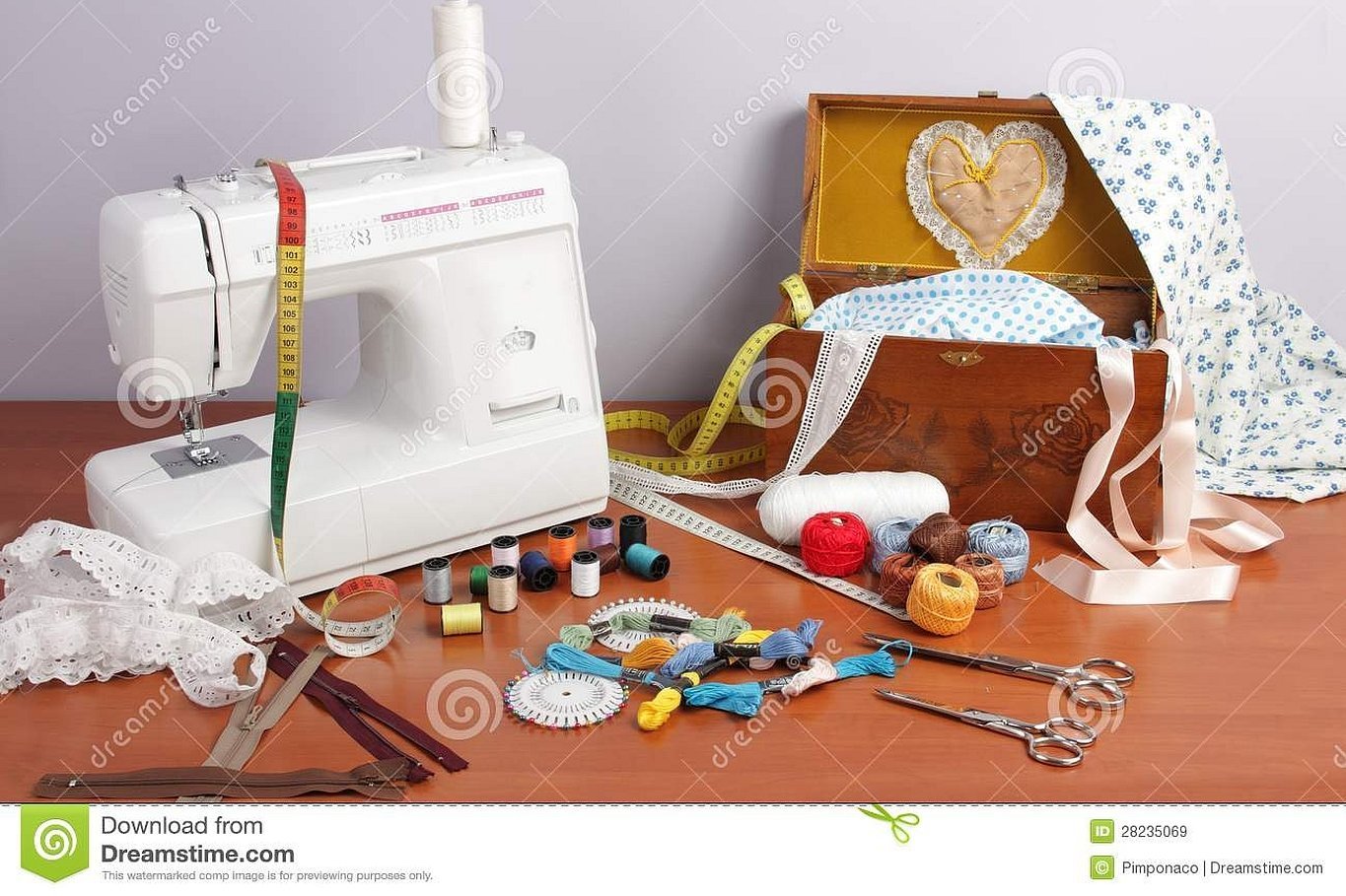
Choosing a Fabric for a Mattress Cover
You can use almost any fabric for a mattress cover. However, there is a division of fabric types according to the purpose of the cover. For example, the fabric can be:
- hypoallergenic;
- waterproof;
- warming;
- synthetic;
- combined;
- natural.
For a regular mattress cover, natural fabrics (linen, satin, calico) are still recommended. They are light, breathable, do not cause allergic reactions and wash well.
Important! Natural fabrics tend to shrink, so before you start sewing, it is recommended to wash the piece in hot water and iron it thoroughly.
Synthetic fabrics are cheaper, absorb moisture well and are suitable for people with allergies. Another advantage of synthetics is wear resistance. They are more durable, do not lose color, and are easy to wash. If there are no contraindications, then it is quite possible to use synthetics (for example: microfiber or polycotton).
Also, quilted fabrics like blankets, down or foam filling can be used for the cover.

Of course, you can choose any color of fabric, some prefer bright shades with patterns or flowers, but do not forget that the cover will be in contact with moisture (sweat, accidentally spilled water, wet hair), and rich colors can fade and leave a mark on the bed linen. Therefore, it is preferable to choose calm tones without unnecessary patterns.

Taking measurements
The fastest and most convenient way to sew a mattress cover is to choose a model that covers the top and sides and is secured with an elastic band. The step-by-step instructions for sewing such a product are clear and easy.
Before sewing a mattress pad, you need to know only three measurements: the length, height and width of the mattress. The length and width of the product are measured on a piece of fabric, then the thickness of the mattress is added on all sides and another 15 cm for the hem.

Important! If the width of the fabric is less than the width of the mattress, then you will need to measure half the width twice the length, not forgetting to leave allowances for the connecting seam.
How to transfer a pattern onto fabric
The resulting pattern looks like a regular rectangle, and, in principle, it is not needed at all for such a simple model. But if you can’t do without it, then for quick convenience you can prepare a pattern for a quarter of all sizes, and then step-by-step cutting:
- spread the cloth on the floor;
- fold it in half;
- fold it in half again, but in the other direction;
- Place the prepared part of the pattern on the fabric and pin it or draw around it with chalk.
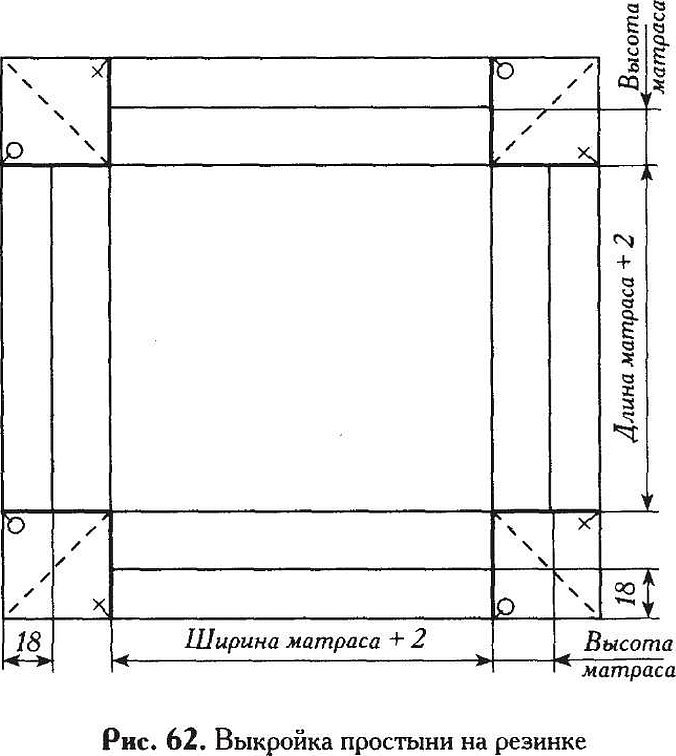
Important! When applying a part of the pattern, the main thing is to keep control and not to confuse the direction of the length and width.
Cutting and sewing a mattress cover with your own hands
After transferring the pattern to the fabric, you can start cutting and carefully cut out the future cover along the chalk line. Since the mattress cover will be on an elastic band, there will be only one seam - along the perimeter of the product.

Moreover, this will not be just a hem seam, but one that will allow you to insert an elastic band into the resulting space. First, you need to stitch the edges of the fabric so that it does not fray, fold it by 0.5 cm, then by another 1 cm and baste or secure with sewing pins. All that remains is to stitch the seam on a sewing machine.
Sewing in elastic
There are several ways to sew elastic into a mattress pad. For example:
- Use elastic tape, the elastic is sewn onto the folded fabric with a zigzag stitch.
- The corner method is when pieces of elastic attached to the fabric grab the mattress at four corners, preventing the fabric from shifting.
- The standard method is to create a drawstring into which the elastic is threaded.
Please note! In order to sew in the elastic beautifully, one of the corners must be pre-processed, leaving a hole in it for pulling the elastic through, the remaining corners are stitched in the usual way. Insert the elastic into the remaining hole using a pin and tighten it.
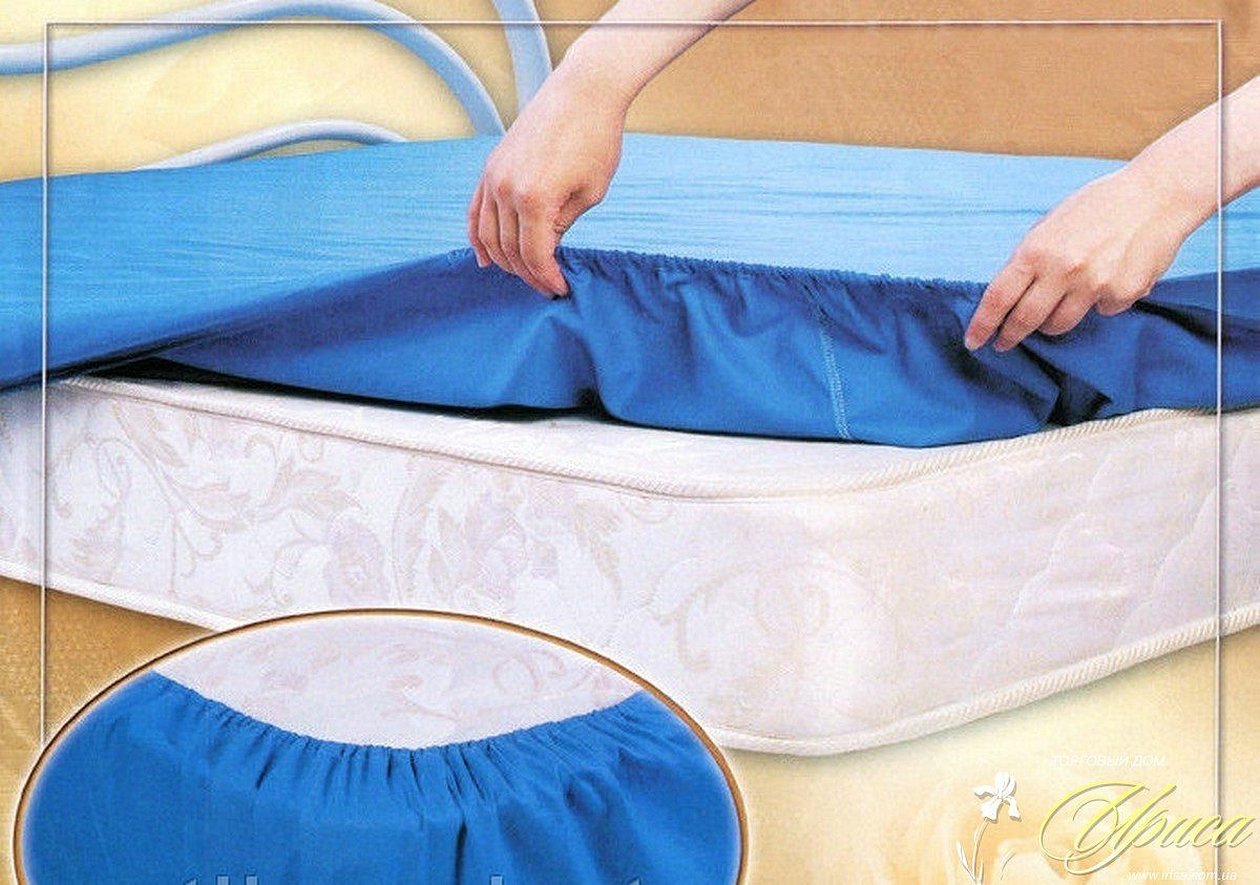
It is more convenient to do this by pulling the cover over the mattress so as not to make a mistake with the length of the elastic. Having pulled the elastic over the mattress, you can easily cut off the excess length and tie or sew the edges of the elastic together.
Accessories
When sewing a mattress cover, you will definitely need fittings. They should be durable, flexible and wear-resistant. The following may be useful:
- Zipper. It should not bend or jam when used for its intended purpose, and at the same time, the zipper should be strong and flexible to withstand washing and mattress vibrations.
- Elastic band. For mattress pads with corner elastic bands, you will need a wide, durable and elastic material. Weaving elastic is suitable, it keeps its shape and elasticity for a long time, and tolerates washing well. The elastic tape should be chosen of medium width so that it can bend freely, but at the same time it should be durable and elastic. Elastic band for use in a drawstring looks like a lingerie elastic, but it is made of latex threads and covered with polyester fiber, due to which it does not stretch for a long time and does not lose its shape.
- Edging tape. When sewing a mattress cover, edging tape may be needed to strengthen the seams and protect the fabric edges from fraying, adding rigidity in the right places.
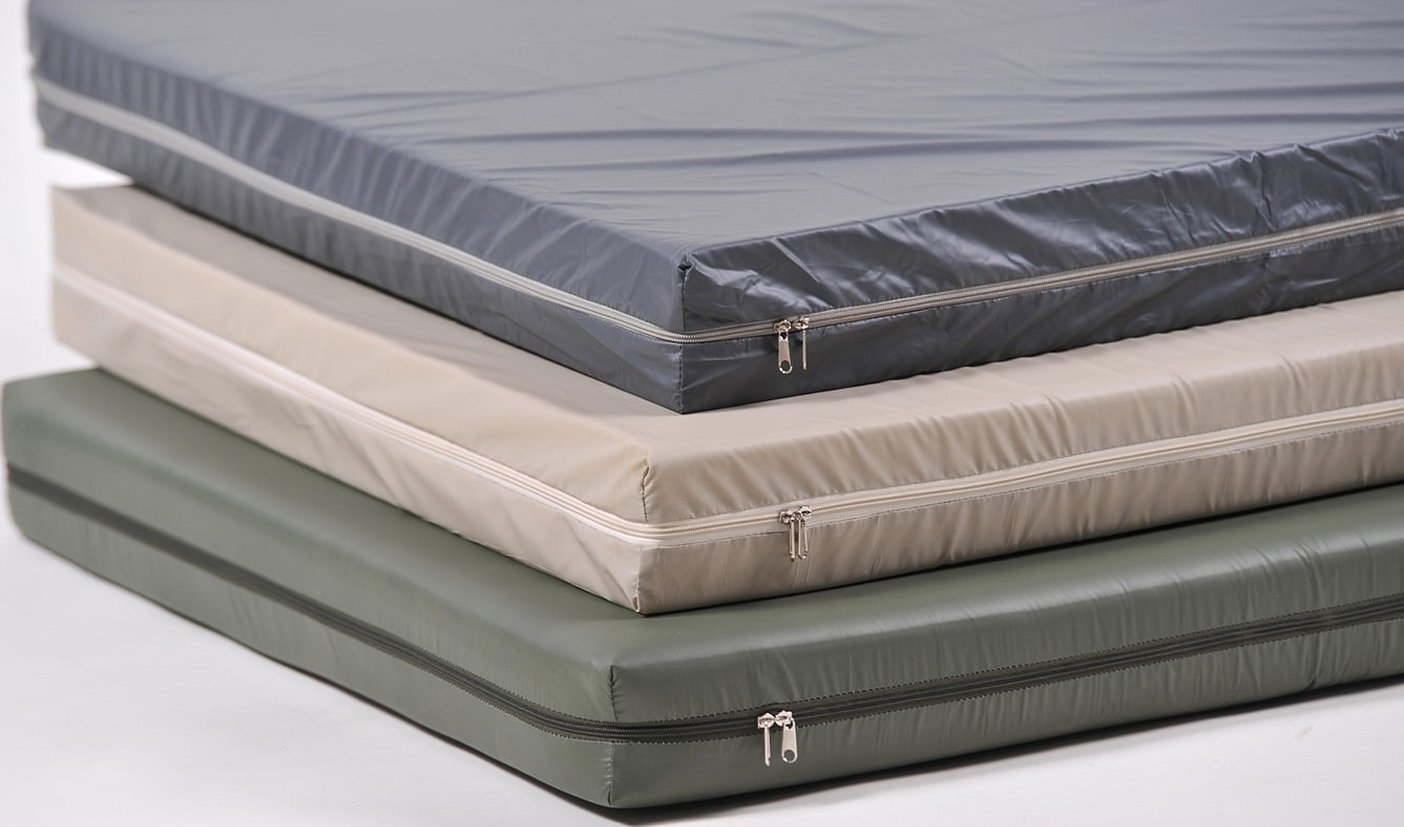
Model with sides
For mattresses with rounded corners, you can sew a mattress cover model with sides. This model is also used if there is not enough length or width of fabric for a one-piece cover.
If the mattress has round edges, it is important to draw the correct sketch:
- The top should fully match the dimensions and curves of the mattress.
- The pattern of the side parts will be separate. Its height consists of the height of the mattress, hem allowance and seam allowance. If the length of the fabric allows, then the side can be cut out as a single piece (add the width and length of the mattress, multiply by 2 and add seam allowances). If the length is not enough, then you can make the length of the sides in accordance with the length and width of the mattress, not forgetting about seam allowances, and then sew them at the corners.
- Sew the sides to the main part.
- Make a drawstring and insert an elastic band in the same way as for a one-piece cover.
A mattress cover will help housewives keep their sleeping place clean. It will protect the mattress from dirt, bacteria and microbes, as well as harmful insects living in bed linen, and will also prevent the occurrence of possible skin and other diseases caused by microorganisms. The mattress cover is easy to wash, dry and iron, it will take much less effort than cleaning the mattress.
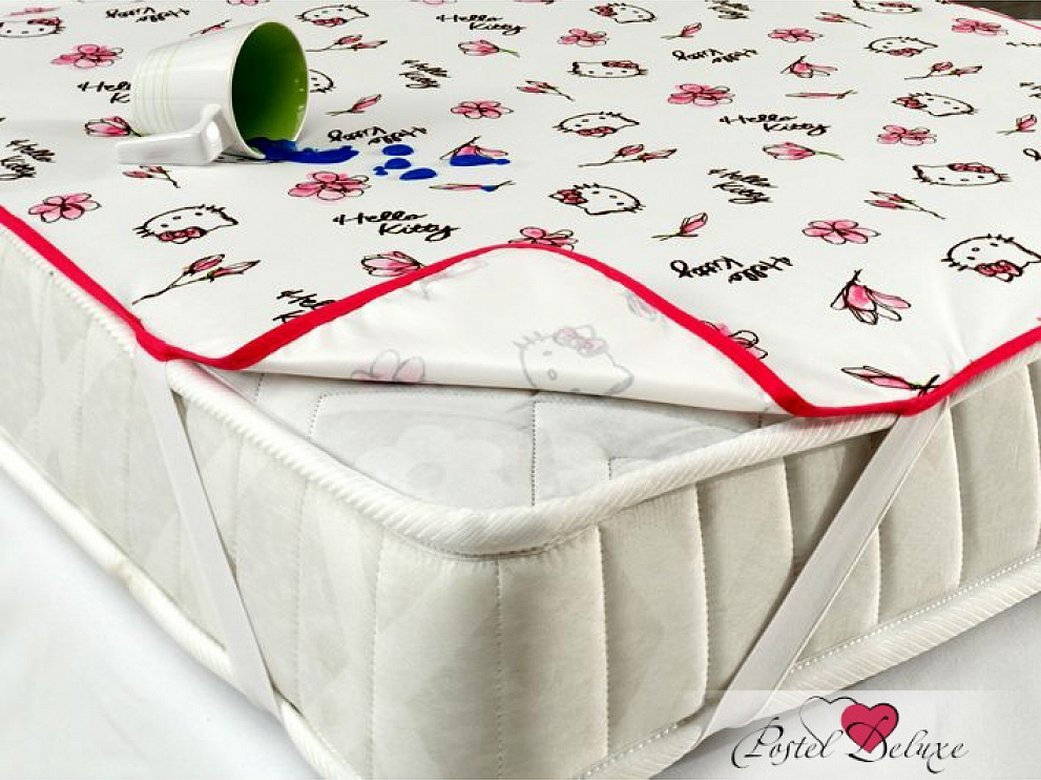
It is very easy and quite quick to sew a mattress cover with your own hands, all that remains is to choose a suitable model and good fabric.




